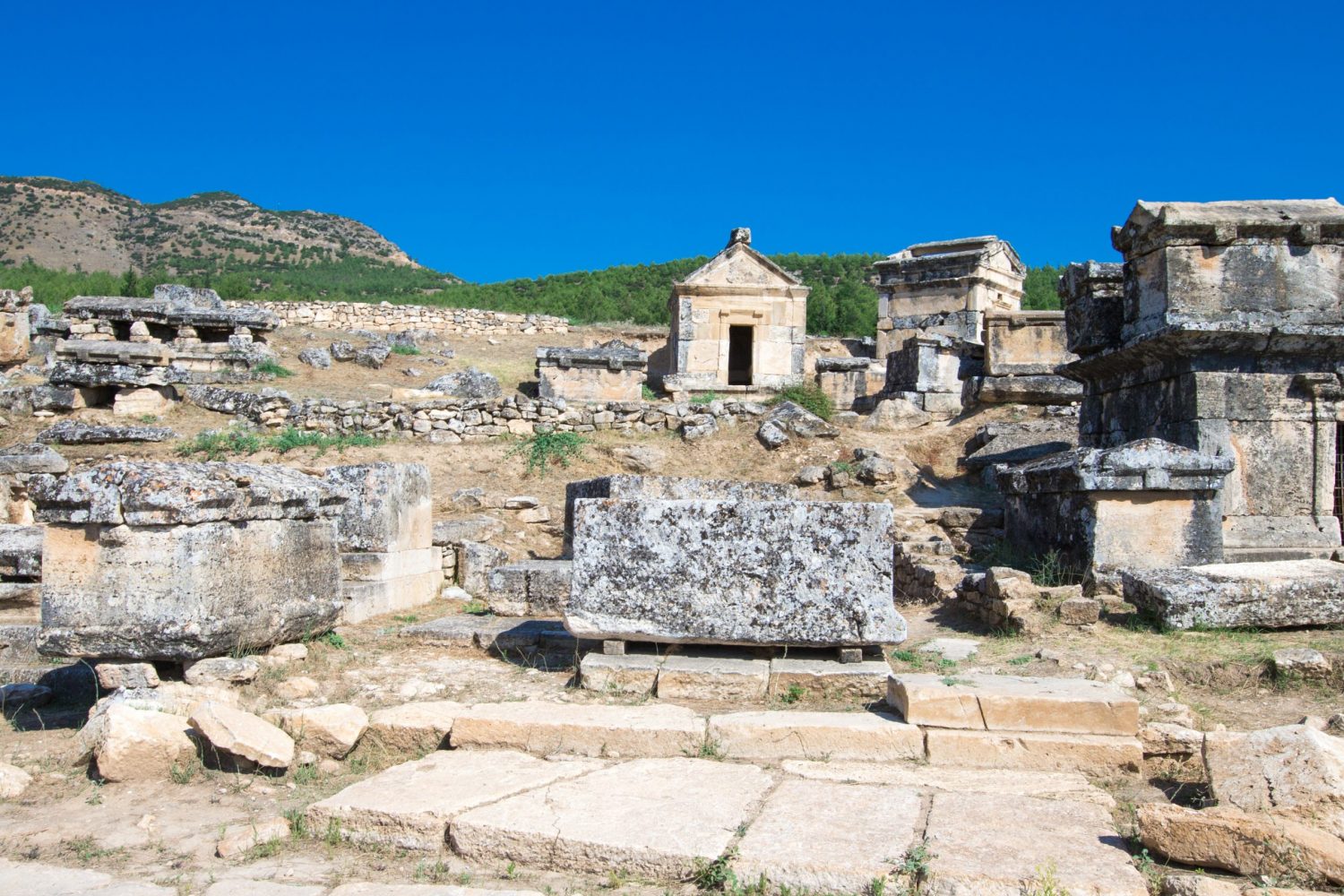Caria is an ancient region located in modern-day southwestern Turkey, known for its strategic location along the Aegean Sea, between major ancient civilizations such as Greece and Persia. The region had a complex history, being part of several large empires throughout antiquity and hosting a unique culture influenced by many civilizations.
Early History: The earliest known inhabitants of Caria were the Carians, seafaring people who established cities along the coast and traded with other civilizations around the Mediterranean. In the early first millennium BC, Caria was part of the Hittite empire.
Persian Rule: After the fall of the Hittite Empire, Caria became part of the Ionian civilization. However, by the late 6th century BC, the Persians had conquered the area. During the Persian rule, Caria was divided into satrapies, or provinces, ruled by satraps.
Hecatomnid Dynasty: The Persian king appointed native Carians as rulers, including the Hecatomnid dynasty, which became semi-independent and achieved high culture and prosperity. The most famous Hecatomnid ruler was Mausolus, who moved the capital to Halicarnassus (modern Bodrum). His monumental tomb, known as the Mausoleum, became one of the Seven Wonders of the Ancient World.
Alexander the Great: In the 4th century BC, Alexander the Great’s conquest included Caria. His armies defeated the Persian forces, and Caria became part of his empire.
Roman Rule: After Alexander’s death, Caria passed into the hands of several of his generals, eventually becoming part of the Roman province of Asia in the 2nd century BC. During the Roman period, the region continued to flourish with the construction of new infrastructure and buildings.
Byzantine Period: With the split of the Roman Empire in 395 AD, Caria became part of the Eastern Roman Empire, also known as the Byzantine Empire.
Turkish Rule: The Seljuk Turks began to invade the area in the 11th century, and by the 15th century, the entire region was incorporated into the Ottoman Empire.
After the fall of the Ottoman Empire and the establishment of the Republic of Turkey in the early 20th century, Caria now forms a part of southwestern Turkey. Many archaeological sites in this region, such as the Mausoleum of Mausolus, bear witness to its rich history.







